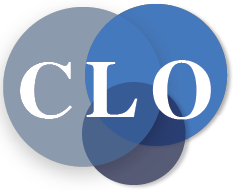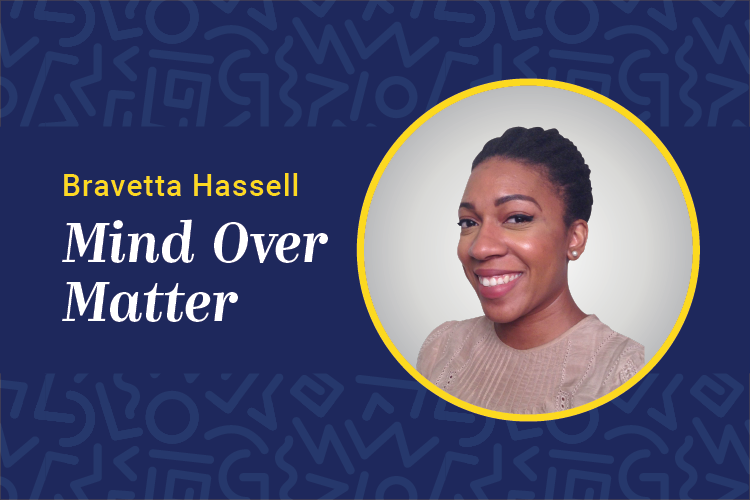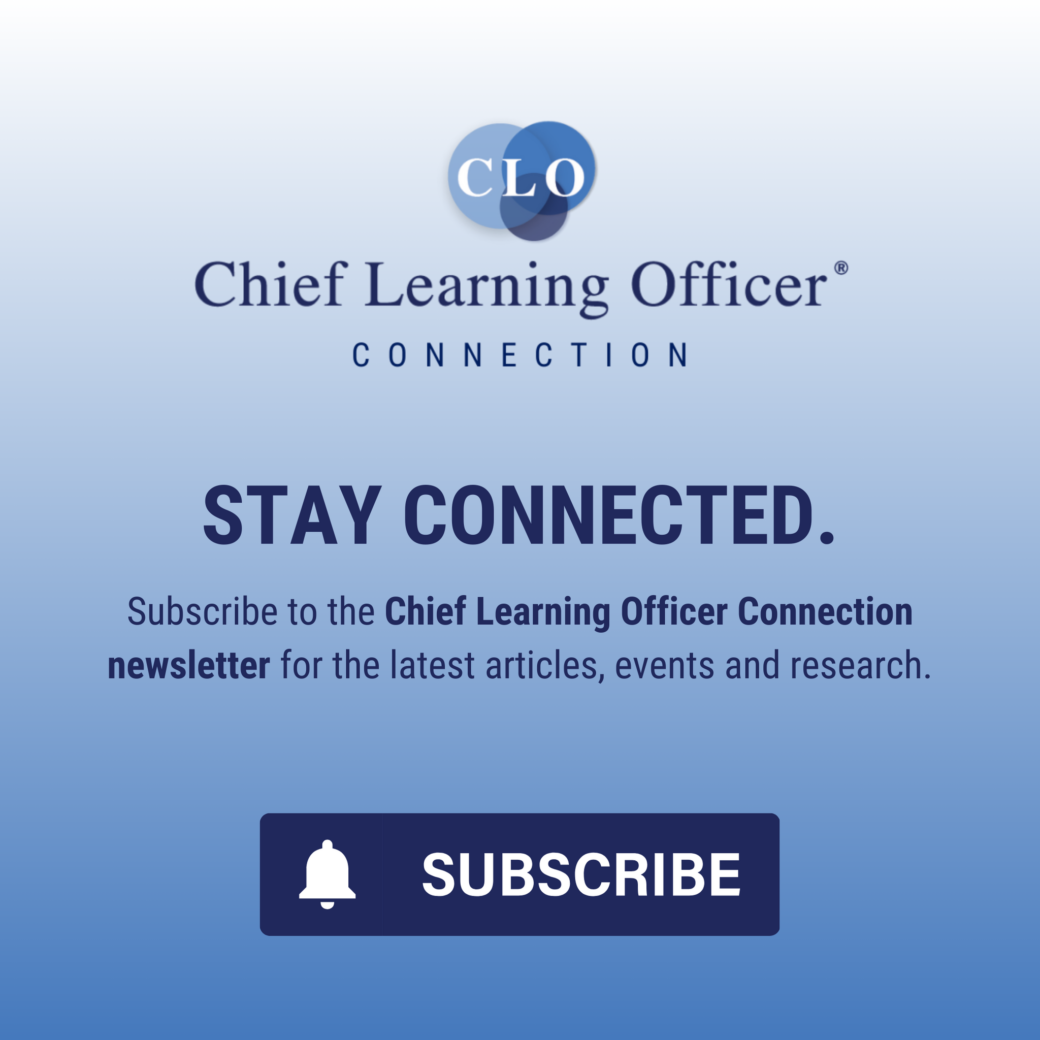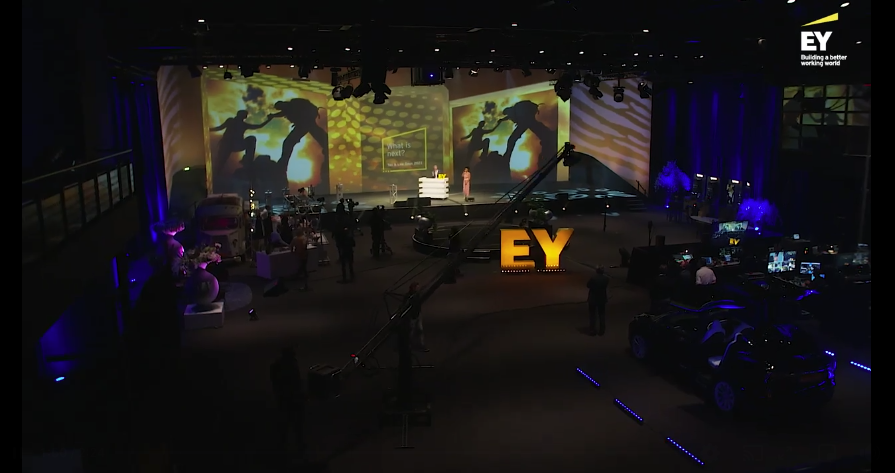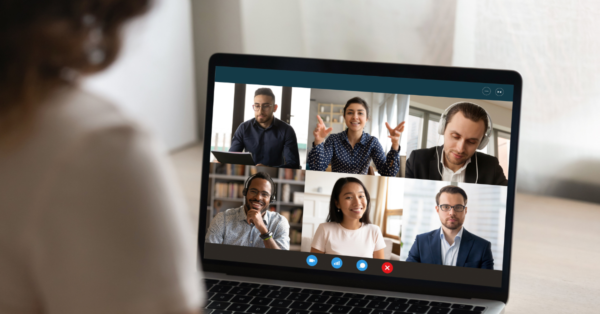 According to Gallup’s 2017 “State of the American Workplace” report, more than 50 percent of employees are on the hunt for new jobs. That’s a stat no doubt frustrating to HR professionals already struggling with retention issues and low employee engagement.
According to Gallup’s 2017 “State of the American Workplace” report, more than 50 percent of employees are on the hunt for new jobs. That’s a stat no doubt frustrating to HR professionals already struggling with retention issues and low employee engagement.
In a recent email interview with Chief Learning Officer, Red Bull Global Talent Management Head Adam Yearsley highlights the importance of promoting employee self-awareness to help foster a win-win situation for businesses and the people who work for them.
Today, the fact that more people are interested in taking on full-time freelancing — and the lack of stability that comes with it — instead of a full-time job, should indicate that companies are under-delivering to employees, Yearsley and “The Talent Delusion” author Tomas Chamorro-Premuzic wrote in a March Fast Company essay.
The two suggested three steps companies could take to better compete for and retain good people. Talent and development leaders can use more scientific methods to identify talent, reinvent their leadership development strategy to grow skills that are others-focused and collaborative, and help people develop better awareness of themselves.
Yearsley took some time to unpack the importance of self-awareness among today’s workforce and how learning leaders can integrate this personal development concept into their overall strategy.
Chief Learning Officer: Why do companies need to care about their employees’ level of self-awareness?
Yearsley: Self-awareness can be seen as a mirror — if you care how you present yourself to the world, self-awareness can be a very useful tool as it will determine your success in working with people in any company and in any role. If people are able to be more self-aware of their strengths, limitations and shortcomings by getting feedback, they are able to be more aware of how others see them.
This is important as typically we have a view of ourselves that differs from the view that the rest of the world sees. Your work colleagues can’t see your internal story that is shaped by our personality, values and motives for doing things. They hire us, fire us, promote and develop us based on our behavior — what they see. It’s not enough to simply identify the gap between these two views, though — you also need to be motivated to close or better manage that gap. Once you’ve done that, you’re much more likely to select the right role for yourself, achieve career success and, crucially, enjoy your job.
Allowing employees to be both self-responsible and deliberate in the decisions they make shapes their success. Recruiting, as an example, greatly impacts development programs. A job applicant who is self-aware (as they have gained insight using a psychological assessment) is the most accurate job matching tool that exists, and it’s also the cheapest. This self-aware applicant is then likely to choose a job that fits them better, they will perform better and also be more engaged. So many development challenges are solved or become about high performance when we have the right person in the right job. Companies are interested in performance, and people are interested in themselves; combining these motivations is a win for everyone.
CLO: I could see greater awareness of one’s self prompting some employees to find work elsewhere in the long-run. How should learning leaders frame these efforts to company leaders?
Yearsley: Typically, employees know if they are in a role that’s not leveraging or enabling them to grow their strengths and talents well before their managers. This can be harmful to both the company and the employee. It’s really important that employees know what sort of organization they want to work for and the levels of freedom and responsibility. Pursuing mastery of their craft and finding meaning in their work is vital.
With greater self-awareness, employees can work with their managers to create an environment or relationship that accelerates their performance. We all like doing well at our job, and managers like having employees who are successful at what they are doing. So, there is a vested interest in making this work on both sides.
A clear way to an unsuccessful relationship, be it employment or marriage, is to have unspoken expectations about both parties’ needs. Invariably, it’s smarter to have the conversation. By providing our employees with self-insight with free tools like www.wingfinder.com, they can go deeper in development in their roles. We can ensure the environment that we create fits their needs, and they’re more likely to want to stay.
CLO: What are some ways learning leaders can encourage and facilitate this self-discovery process? Are there certain modalities that are especially helpful with this?
Yearsley: For leaders, knowing your people and facilitating self-awareness is a core part of the role. We have integrated self-insight as an initial — and essential — part of all of our leadership and people management programs.
It’s important to note though that self-insight works best when individuals have the freedom to choose when and how they achieve it. We have found that not mandating assessments like Wingfinder and allowing employees to choose it themselves is a more effective way to bring about change.
We’ve designed Wingfinder with the user in mind, including the reports. The nine-page report contains personal analysis and advice on using strengths and avoiding their dark sides. It gives practical, real-world help to drive career success. Added to this, there are videos from world-class athletes who share the same strengths.
CLO: In what ways might this type of self-awareness development look different based on employee level?
Yearsley: No matter where the employee sits in the organization, the need for and nature of self-insight remains remarkably similar, with two exceptions:
Firstly, at senior levels of your organization, Darwinism should have come into play. Leaders in senior roles have the right level of intelligence, interpersonal and intrapersonal skills, drive and creativity to be successful; those who didn’t won’t have been promoted through the hierarchy to those roles. So, hopefully feedback at this level is more about capitalizing on well-practiced strengths and refining behaviors than dealing with glaring blind spots.
Secondly, there is normally a great deal of reinforcement that the way senior employees do things is the right way. Their status means direct reports may be more political or careful when giving feedback. So, senior employees need to spend more time picking up on and understanding what others are saying about them, as well as exploiting multiple methods of self-insight and looking for common themes across these different tools.
CLO: How can learning leaders measure the impact of helping their company’s people along on their self-awareness journey?
Yearsley: Perhaps the more important question should be around opportunity cost. For instance, how much of HR and learning investment could be better spent accelerating great performance by having the right people in the right roles compared to how that money is spent now?
Bravetta Hassell is a Chief Learning Officer associate editor. Comment below, or email editor@CLOmedia.com.
